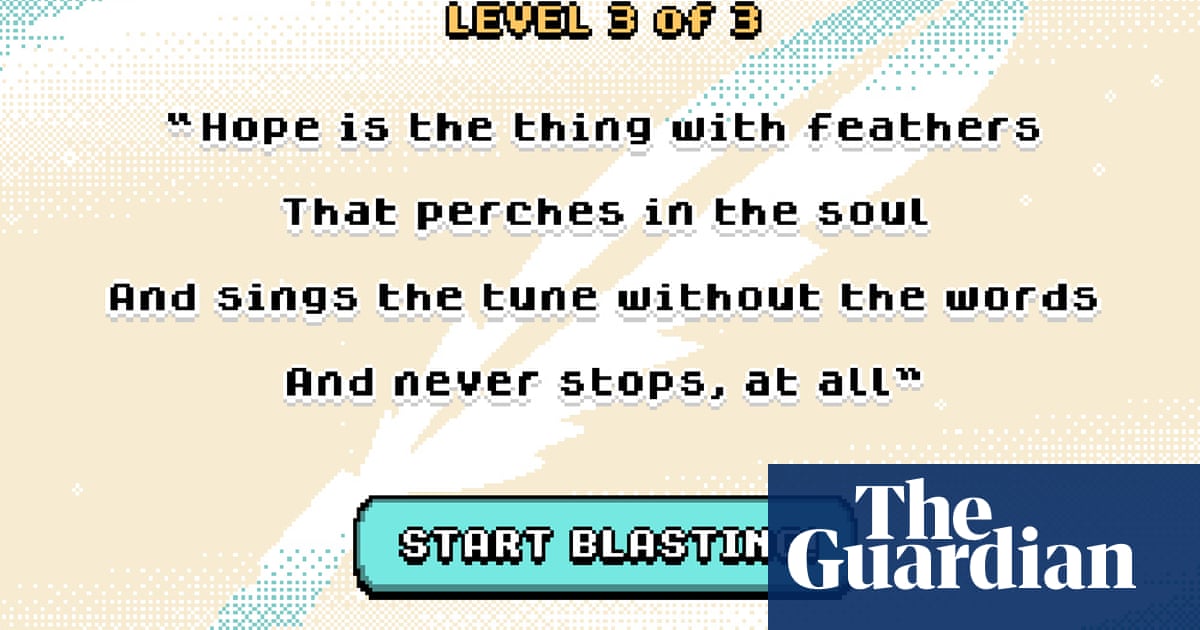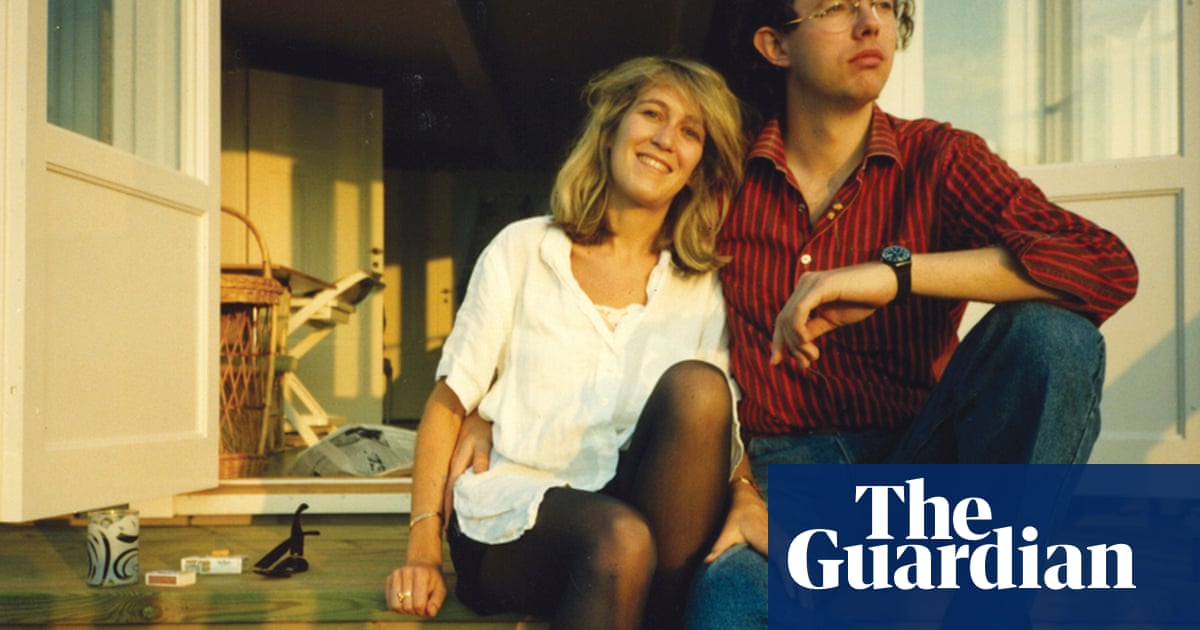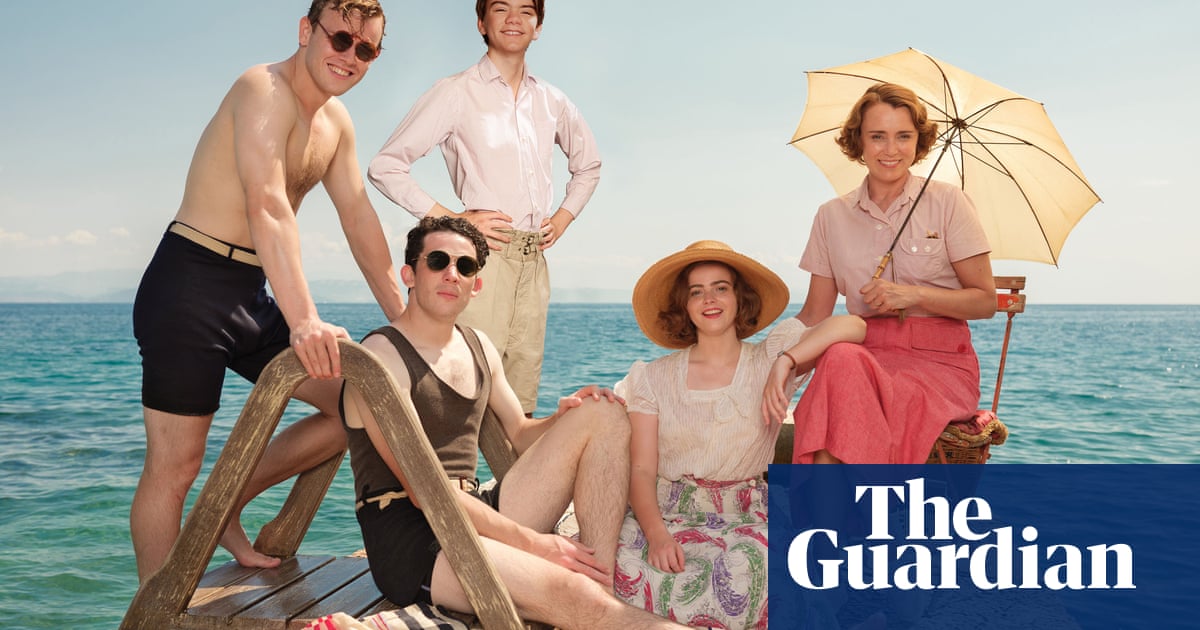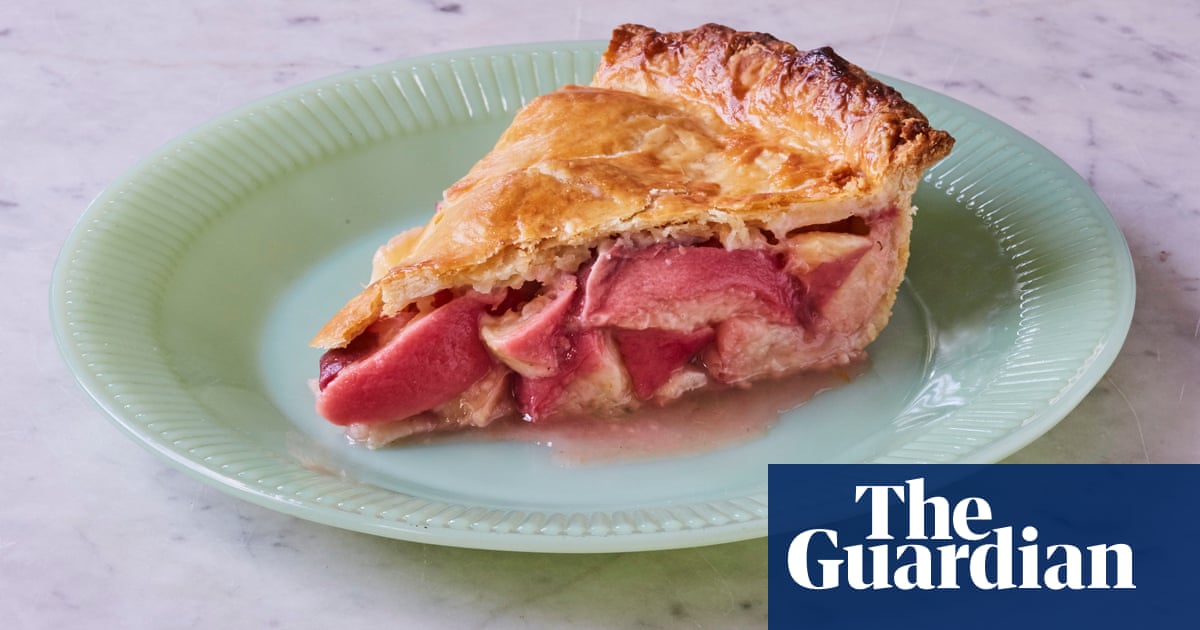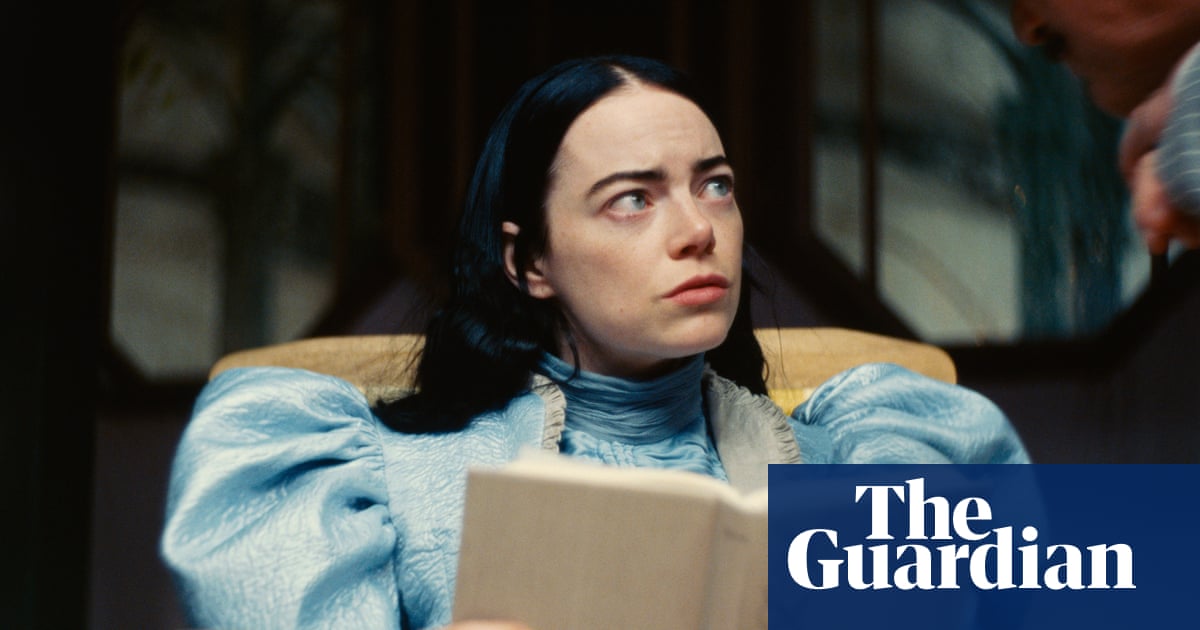
If Emma Stone’s new film Poor Things is anything to go by, it was tricky to get the Victorians to keep their clothes on and their hands to themselves. All the same, their reputation as humourless puritans with a sideline in sadism took most of the 20th century to dislodge. Here are five of the best books that track how the Victorians gradually unravelled and learned to let loose.
Eminent Victorians by Lytton Strachey (1918)
In these four savage pen portraits, Lytton Strachey, Bloomsbury’s resident trickster, takes down the great and the good of the previous generation. Thomas Arnold, the headteacher of Thomas Hughes’s Tom Brown’s Schooldays, is a priggish bore, Florence Nightingale a control freak who eats men for breakfast, General Gordon, the hero of Khartoum, drinks and “was particularly fond of boys”. Together with Cardinal Manning, this quartet of rampant narcissists extol a version of God is Good but Britain is Even Better which, Strachey suggests, had led directly to the killing fields of the first world war.
A London Girl of the 1880s by Mary Vivian Hughes (1936)
The 1930s saw a new wave of interest in the Victorian period. This memoir, though, is no exercise in slack nostalgia. Mary Vivian Hughes was part of that first generation of girls who went into school teaching as a profession, having first earned her BA. At the age of 25 she is tasked with setting up the new teacher-training department at Bedford College, Bedfordshire. This bestselling account of late-Victorian life reveals a landscape that reads as strikingly modern. Here is a world of exams, certificates, train commutes and professional women who love their autonomy but worry constantly about making financial ends meet.
The Other Victorians by Steven Marcus (1966)
At the height of the sexual revolution, Steven Marcus, a professor at Columbia University, produced a book suggesting that the Victorians could swing with the best of them. Delving deep into medical sources on taboo topics including masturbation, as well as such out-and-out pornographic texts as My Secret Life by the pseudonymous “Walter”, Marcus rewrites Victorian England as an erotic playground. Within weeks of appearing in Britain in 1966, The Other Victorians sailed past Nancy Mitford’s biography of Louis XIV, The Sun King, to top the national bestseller list. The Times described the book as “ghastly stuff” and derided Marcus as “a student of smut”. These days, the book is revered as a gamechanger.
The French Lieutenant’s Woman by John Fowles (1969)
The plot of this novel – hailed as “postmodern” before anyone was quite sure what it meant – follows all the beats of a classic Victorian romance. Charles Smithson is engaged to insipid Ernestina but falls in love with Sarah Woodruff, a mysterious figure who combines two mandatory 19th-century figures in being both a governess and a fallen woman. Woodruff is also partial to walking along the Cobb at Lyme Regis, a place that features heavily in Jane Austen’s last novel, Persuasion – nothing happens by chance in this meta-fictional universe. Famously, Fowles offers two plot endings, one happy and one sad, and invites the reader to take their pick.
The Luminaries by Eleanor Catton (2013)
Catton is happy to go big in this doorstop of a novel about skullduggery in the gold-prospecting terrain of the west coast of New Zealand’s South Island. All the 19th-century tropes are in play: capitalism, colonialism, pseudoscience (astrology and seances) and the obligatory prostitute. The Luminaries won the Booker and offered proof, were any needed, that the Victorians continue to hold up a funhouse mirror to our own surreal times.
Catland: Feline Enchantment and the Making of the Modern World by Kathryn Hughes is published in April by 4th Estate (£22). To support the Guardian and Observer, order your copy at guardianbookshop.com. Delivery charges may apply.





